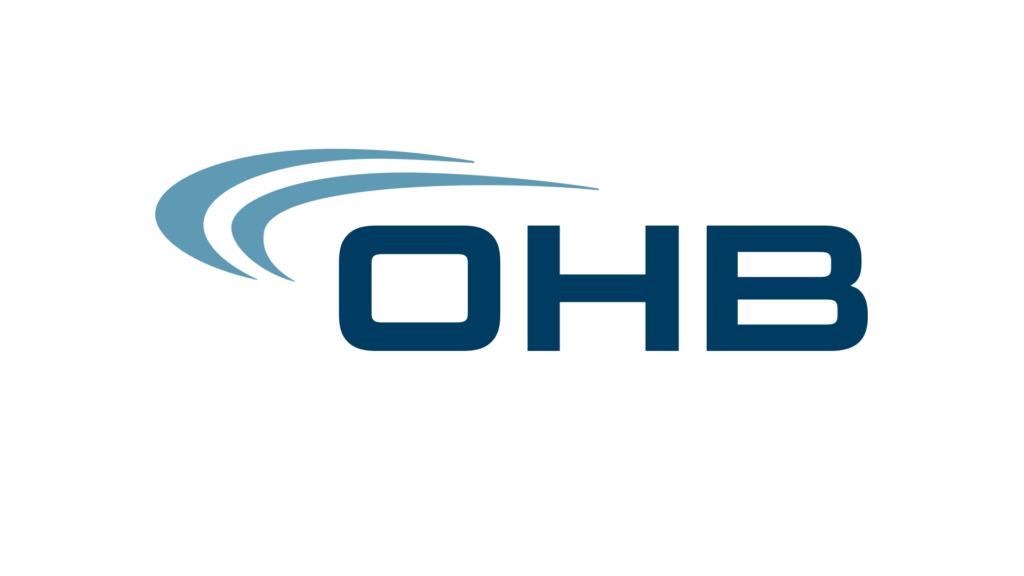In 2025, the fusion of AI and employee experience is transforming the way companies nurture talent, spark engagement, and cultivate vibrant workplace cultures. As hybrid work environments dominate, businesses are realizing that technology isn’t a standalone fix—the human factor is irreplaceable. This synergy of AI and employee experience is opening doors to innovative strategies that redefine the entire employee journey.
The Evolution of AI in the Workplace
The relationship between AI and employee experience has undergone a remarkable transformation over the past few years. What began as basic automation tools has evolved into sophisticated systems that can predict employee needs, personalize learning experiences, and even facilitate meaningful workplace connections.
According to recent studies, 73% of employees now want their companies to implement AI across their organizations, while 76% believe AI could make it easier for them to find information. These statistics highlight a growing acceptance of AI as an enabler rather than a threat to workplace satisfaction.
However, the true power of AI and employee experience lies not in replacing human interaction but in enhancing it. The most successful implementations recognize that technology should serve as a bridge to more meaningful human connections rather than a substitute for them.
The Challenge: Why Traditional Employee Engagement Falls Short

Despite good intentions, traditional approaches to employee engagement often miss the mark. Company-wide events, standardized benefits packages, and one-size-fits-all team building activities frequently fail to address individual preferences and needs.
Here’s why conventional engagement strategies struggle:
- Impersonal design: Large-scale events rarely account for individual interests or personality types
- Scheduling conflicts: Fixed-time activities exclude employees with varying schedules or commitments
- Hybrid work gaps: Remote workers often feel disconnected from in-office activities
- Forced participation: Mandatory “fun” activities can feel inauthentic and create additional stress
When you try to make something for everyone, you typically end up making something that appeals to no one.
The disconnect between standardized engagement programs and individual employee needs has only widened with the rise of hybrid and remote work. Traditional approaches simply weren’t designed for today’s distributed workforce.
AI and Employee Experience: The Path Forward
The future of workplace engagement lies in personalization at scale—something only possible through the thoughtful application of AI. By leveraging artificial intelligence to understand individual preferences, organizations can create tailored experiences that resonate with each employee.
This is where Neroia enters the picture. As a company offering a social employee benefits platform, Neroia is revolutionizing how organizations approach AI and employee experience. Their core value proposition centers on fostering organic connections between coworkers through AI-driven recommendations of small-group activities tailored to individual interests and schedules.
How AI-Driven Micro-Events Transform Workplace Culture
Unlike traditional company-wide events, micro-events (involving just 3-4 participants) create opportunities for deeper connection. These small gatherings—whether for sports, wellness, or cultural activities—allow for meaningful interaction without the awkwardness of large group settings.
| Traditional Events | AI-Powered Micro-Events |
|---|---|
| Large group gatherings | 3-4 participants |
| Fixed scheduling | Flexible timing based on availability |
| Generic activities | Personalized based on interests |
| Often exclude remote workers | Inclusive of all work arrangements |
| High planning friction | Seamless coordination |
Neroia’s platform uses AI to match employees with similar interests and compatible schedules, minimizing the friction that typically prevents spontaneous workplace connections. This approach addresses a fundamental challenge in today’s workplace: how to foster authentic relationships in increasingly digital environments.
The Science Behind Effective Employee Experience
Research consistently shows that meaningful workplace relationships are a key driver of employee satisfaction, engagement, and retention. According to Gallup, having a best friend at work is strongly correlated with productivity and job satisfaction.
What makes the AI and employee experience approach particularly effective is its ability to create these connections organically rather than forcing them through structured activities. By analyzing patterns and preferences, AI can identify potential connections that might otherwise never form.
The impact of these connections extends beyond simple workplace satisfaction:
- Improved collaboration and knowledge sharing
- Enhanced psychological safety and belonging
- Reduced isolation and burnout
- Increased innovation through diverse perspectives
- Higher retention rates and organizational loyalty
Reimagining Employee Experience Through Technology
The most effective AI and employee experience strategies recognize that technology should enhance rather than replace human connection. Neroia’s approach exemplifies this philosophy by using AI as a facilitator of real-world interactions.
Here’s how their platform works:
- Interest mapping: AI analyzes employee preferences and interests
- Schedule optimization: The system identifies compatible time slots across participants
- Micro-event suggestions: Employees receive personalized activity recommendations
- Frictionless coordination: The platform handles logistics and scheduling
- Feedback loop: AI learns from participation patterns to improve future recommendations
AI can be a powerful tool for personalizing the employee experience, but it must be implemented with clear boundaries. Employees should feel empowered, not monitored.
Neroia prioritizes this balance, using anonymized data for HR analytics while maintaining a closed, secure community.
Real-World Applications: AI and Employee Experience in Action
Consider these scenarios where AI-driven micro-events transform workplace dynamics:
- A data analyst in Seattle and two marketing specialists in Chicago discover their shared interest in morning yoga, leading to weekly virtual sessions that build cross-departmental relationships
- Four employees from different departments who all enjoy running are connected for weekend trail runs, creating bonds that later facilitate smoother project collaboration
- Remote workers with shared cultural interests form a monthly book club, reducing isolation and fostering belonging
These micro-connections might seem small, but their cumulative impact on organizational culture can be profound. By 2025, the most successful companies will be those that leverage AI and employee experience to create these organic connections at scale.
Balancing Technology and Human Touch

While AI provides the infrastructure for these connections, the real value comes from the human interactions they facilitate. As Andy Biladeau, chief transformation officer at SHRM, observes:
Shouldn’t the place where we spend so much of our time and energy understand us better than any brand out there?
This question gets to the heart of the AI and employee experience relationship. Technology should serve to make workplaces more human, not less. The most effective implementations recognize this fundamental truth.
| Aspect | Technology Role | Human Element |
|---|---|---|
| Connection | AI matches compatible employees | Authentic interaction occurs in person |
| Personalization | Algorithms identify preferences | Individual choice remains paramount |
| Scheduling | Automation handles logistics | Spontaneity and flexibility preserved |
| Feedback | Data analysis identifies patterns | Human insight guides improvements |
Neroia’s platform exemplifies this balance, using technology to remove barriers to connection while preserving the authenticity of human interaction.
The Future of AI and Employee Experience
Looking ahead to the remainder of 2025 and beyond, we can expect AI and employee experience initiatives to become increasingly sophisticated. The most promising developments include:
- Predictive well-being: AI that can identify early signs of burnout and suggest preventative micro-breaks or connections
- Cross-organizational matching: Platforms that facilitate connections across company boundaries for broader networking
- Hybrid-first design: Solutions built specifically for distributed workforces rather than adapted from in-office models
- Continuous learning networks: AI-facilitated skill sharing and mentorship connections
In the modern digital economy, we’re all used to personalized experiences. Whether it’s shopping, streaming our favorite shows, or grabbing dinner at a local spot, it feels like everything is tailored just for us.
The workplace is finally catching up to this reality.
Implementing AI and Employee Experience: Practical Steps
For organizations looking to enhance their approach to AI and employee experience, consider these steps:
- Assess current connection points and gaps in your employee experience
- Prioritize solutions that enhance rather than replace human interaction
- Start small with pilot programs focused on specific departments or interest groups
- Measure impact beyond engagement metrics to include collaboration and innovation outcomes
- Ensure privacy and transparency in how AI is used
As with any technological implementation, the key is to focus on the human outcomes rather than the technology itself. AI and employee experience initiatives should ultimately make work more fulfilling, connected, and meaningful.
Conclusion: The Human Future of Work
The intersection of AI and employee experience represents one of the most promising frontiers in workplace innovation. By leveraging technology to facilitate authentic human connections, organizations can create environments where employees thrive professionally and personally.
Neroia’s vision exemplifies this approach, using AI-driven recommendations to foster organic connections between coworkers through small-group activities tailored to individual interests and schedules. This contrast with traditional benefits minimizes planning friction and encourages authentic, informal interactions that build the foundation for a stronger workplace culture.
As we navigate the evolving landscape of work in 2025, the organizations that will thrive are those that recognize technology’s role in enhancing—not replacing—human connection. The future of work isn’t about AI or humans; it’s about AI and humans working together to create more meaningful, engaging, and productive workplaces.
The most successful AI implementations don’t replace human connection—they make it possible where it otherwise wouldn’t be.
By embracing this vision of AI and employee experience, organizations can transform their workplace culture and unlock the full potential of their most valuable asset: their people.




